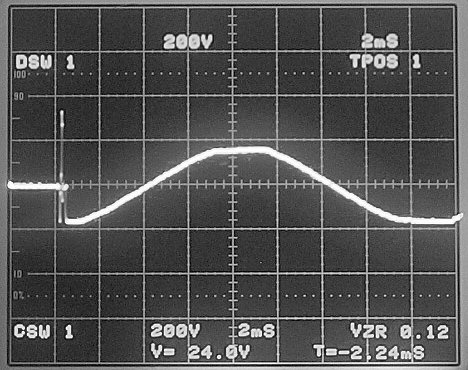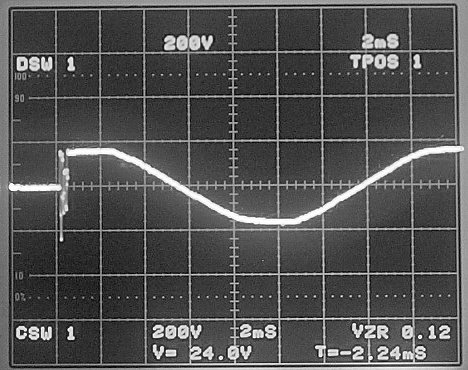I've been trying to track this problem down. No clear common denominator yet. I was able to check out one of the bad trannies, which measured ok for resistasnce & inductance. It was only when I put it on a variac to power up that it would go funny and blow a fuse. I think there is a break in insulation somewhere in the primary coils. Once a certain voltage was exceeded (in this case about 40Vac) the short made connection via arc causing a drop in inductance (shorted turns).
One earlier suggestion was to put a 0.01uF cap across the ac switch to eliminate the slight "pop" that was heard during turnoff. I thought maybe there was a bit of an inductive kick (back EMF) from the abrupt break in circuit. The cap would help to lower the resonant frequency to a point where any spike was snubbed. Actually, the best place to put the cap is right across the black primary wires of the tranny. Please note, this
must be an ac-rated cap especially designed for ac mains.
Got out my digital scope and tried to capture any transients on the primary of a Cornet. Odd, I was not able to trigger on anything during powerdown, but only on power up. First photo shows an unmodified Cornet.

I was able to regularly catch a few spikes that were about double the nominal input peak. It all depends on where in the ac cycle you happen to make contact. I added a special 0.01uF cap across the switch (not quite same as primaries, but way easier to implement) and the spikes were reduced a bit.

Not sure if this is that much of an improvement. It isn't exactly the smoking gun I was hoping for. Still, it did remove the audible "pop". And it might just be enough to help if this really is the core problem.
So just to be safe, I am mailing out special capacitors to all Cornet owners for retrofit. With luck it will prevent any more Hammond failures.
jh
